M & M's World Cruise
Our Day 2 guide, Itay, provided some general Israel information. 80% of Israelis are Jewish. Of that group, 60% are secular. Everyone is required to serve in the military, except: Arabs can do national service and Bedouins & Orthodox Jews are exempt. 50% of Bedouins enter the military. Orthodox Jews who serve are put into all male units. There are many shades of Orthodox. And there are seven sacred foods grown in Israel that are mentioned in the Old Testament: Dates, Figs, Wheat, Barley, Pomegranate, Olives, & Grapes.
Day 1 – Haifa
Being a bit tired of traveling in a pack, we decided to go it on our own today. Our two goals were to: walk around Mike’s old stomping grounds from when he worked here for Martin Marietta supporting the Israel Air Force 40+ years ago, and to visit the Baha’i Hanging Gardens of Haifa. The Gardens are breathtakingly beautiful, but they don’t actually let you walk all the way up or down anymore, which was a huge disappointment. And, of course, only card-carrying Baha’i faithful get
Mary Forman
53 chapters
Israel
April 16, 2023
|
Haifa, Caesarea, Tel-Aviv, & Jaffa
Our Day 2 guide, Itay, provided some general Israel information. 80% of Israelis are Jewish. Of that group, 60% are secular. Everyone is required to serve in the military, except: Arabs can do national service and Bedouins & Orthodox Jews are exempt. 50% of Bedouins enter the military. Orthodox Jews who serve are put into all male units. There are many shades of Orthodox. And there are seven sacred foods grown in Israel that are mentioned in the Old Testament: Dates, Figs, Wheat, Barley, Pomegranate, Olives, & Grapes.
Day 1 – Haifa
Being a bit tired of traveling in a pack, we decided to go it on our own today. Our two goals were to: walk around Mike’s old stomping grounds from when he worked here for Martin Marietta supporting the Israel Air Force 40+ years ago, and to visit the Baha’i Hanging Gardens of Haifa. The Gardens are breathtakingly beautiful, but they don’t actually let you walk all the way up or down anymore, which was a huge disappointment. And, of course, only card-carrying Baha’i faithful get
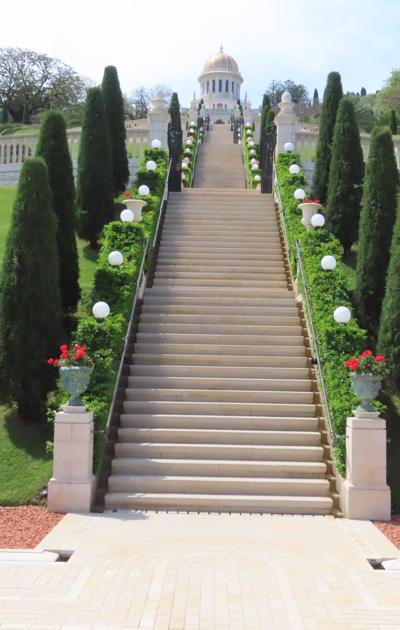
to go into the Shrine of the Bab. However, we managed to walk about 10 miles or so and got into the Gardens at three different points – lower, middle, and all the way up to Mount Carmel, at the tippy top. Carmelites came to this area in the 12-13th century during the Crusades and have stayed. And we learned that Haifa’s population is a mixture of Jews, Arabs, & Christians. Then we walked back down again, found a cute little place to have beer & “Jewish” nachos. We enjoyed this laid-back day poking around the city of Haifa.
Day 2 – Caesarea, Tel-Aviv, and Jaffa
Today we traveled with our favorite Vikings on a trip south along the coast to visit the ruins of Caesarea – first settled by the Phoenicians in the 4th century BCE, but perhaps most famously known as King Herod I’s masterpiece for the Roman Empire in this part of the world. Herod was half Jewish & half Nabutian (Arab). Unfortunately, King
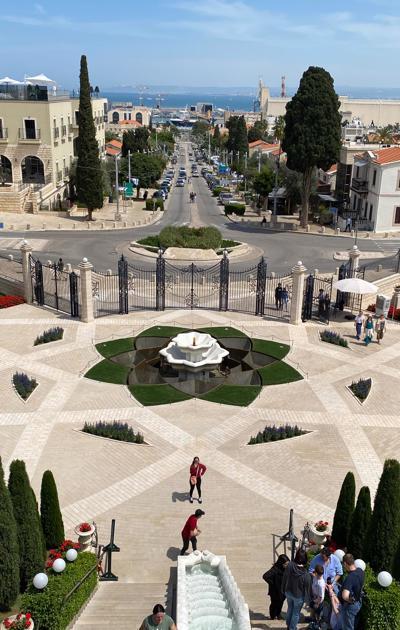

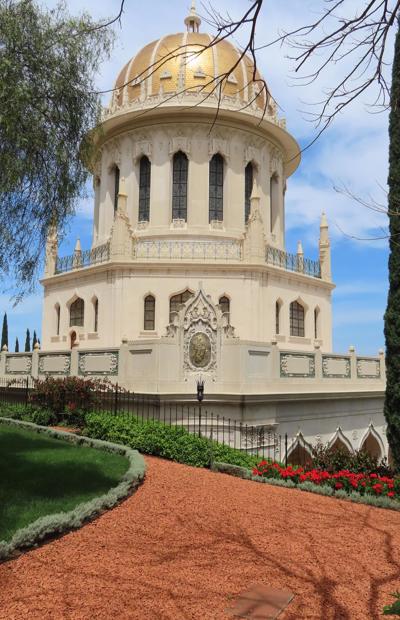
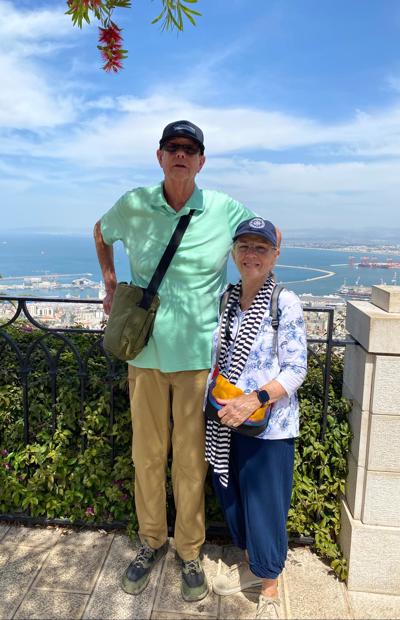
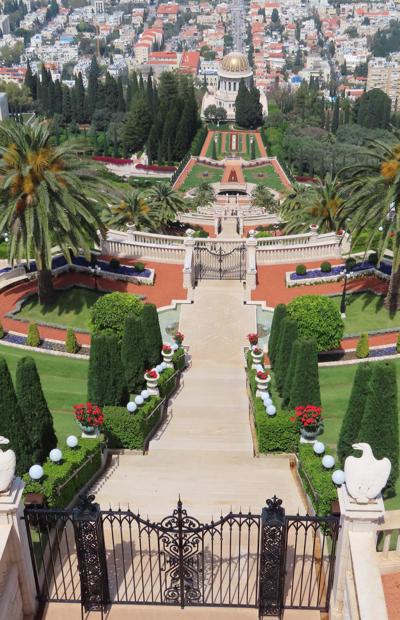
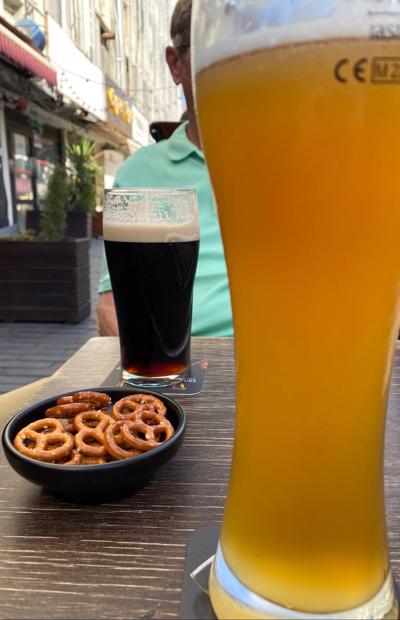
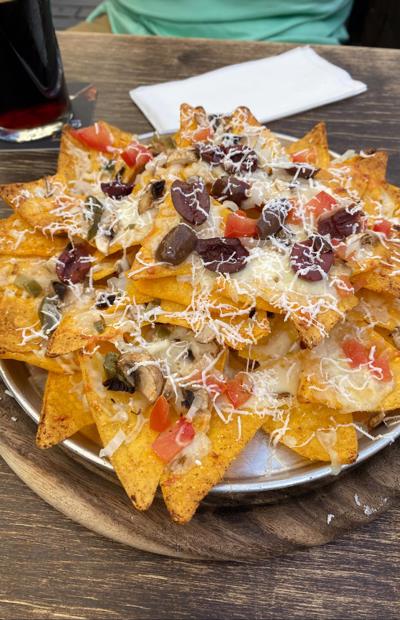
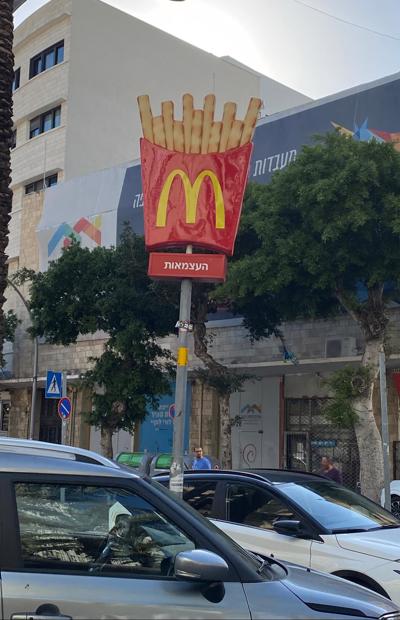
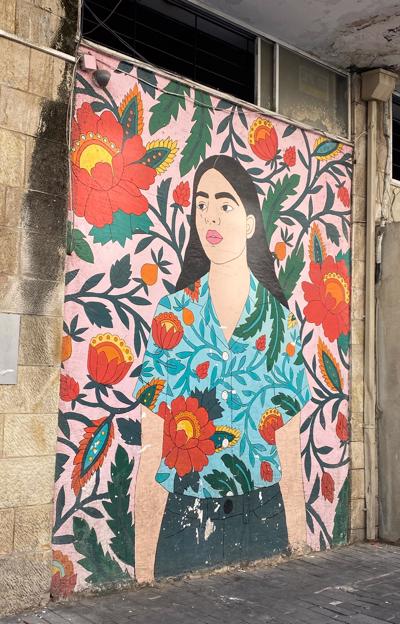

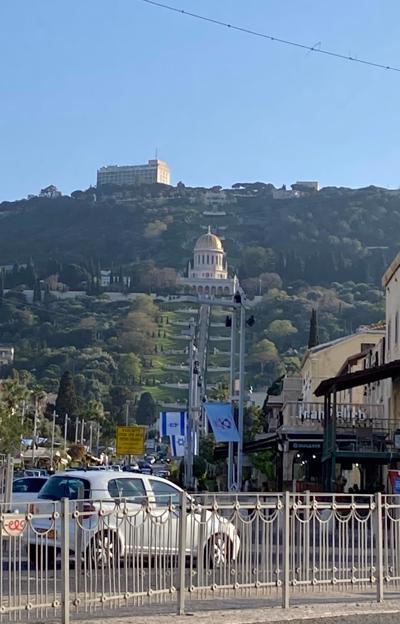
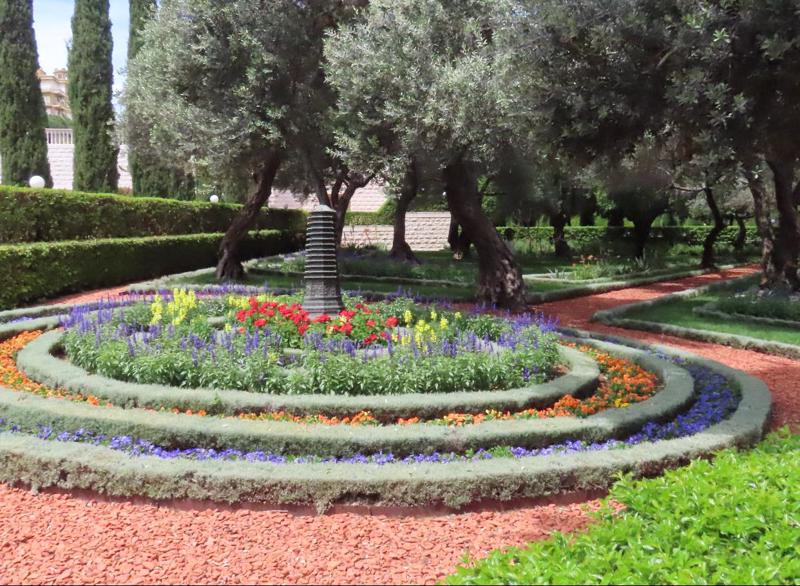

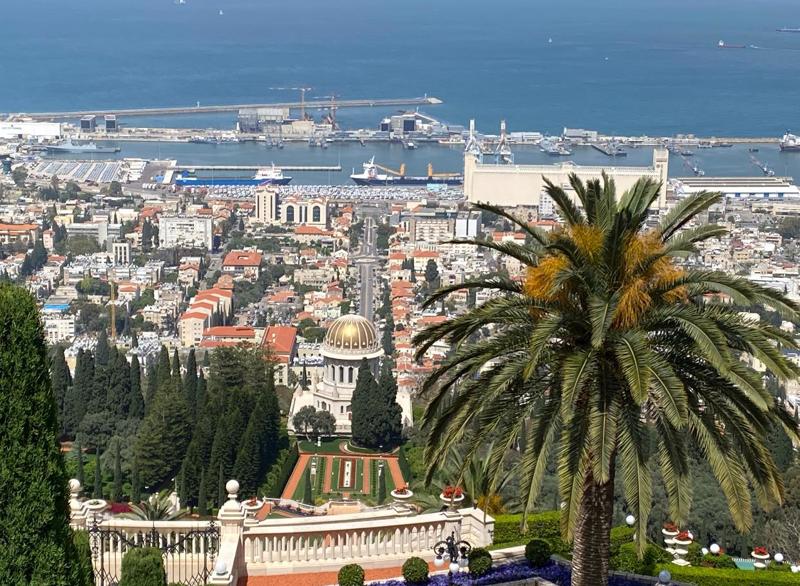
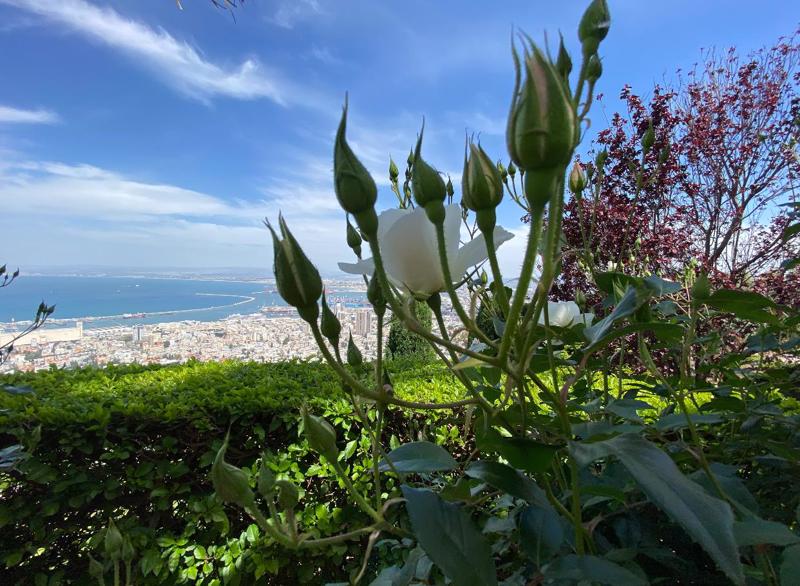


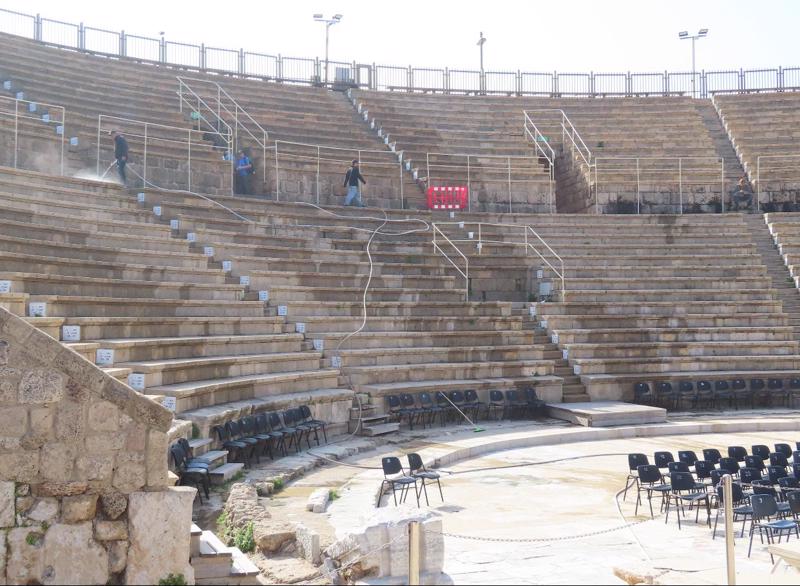
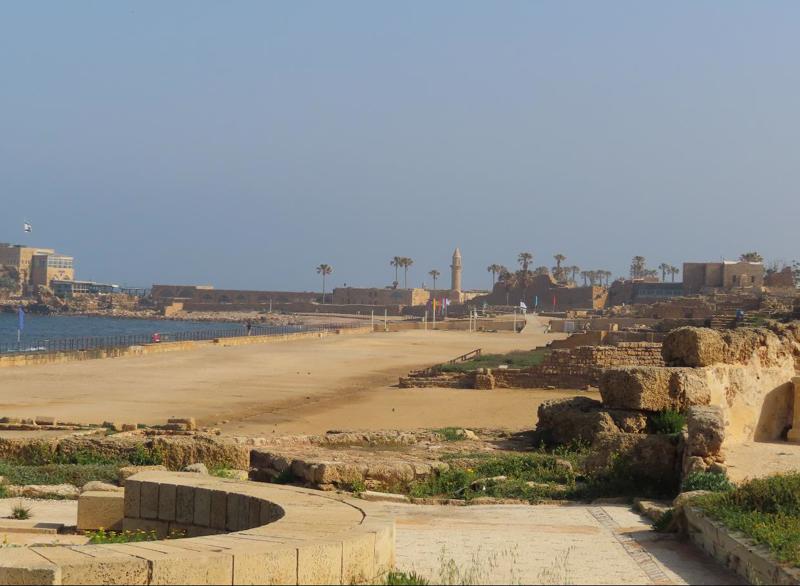
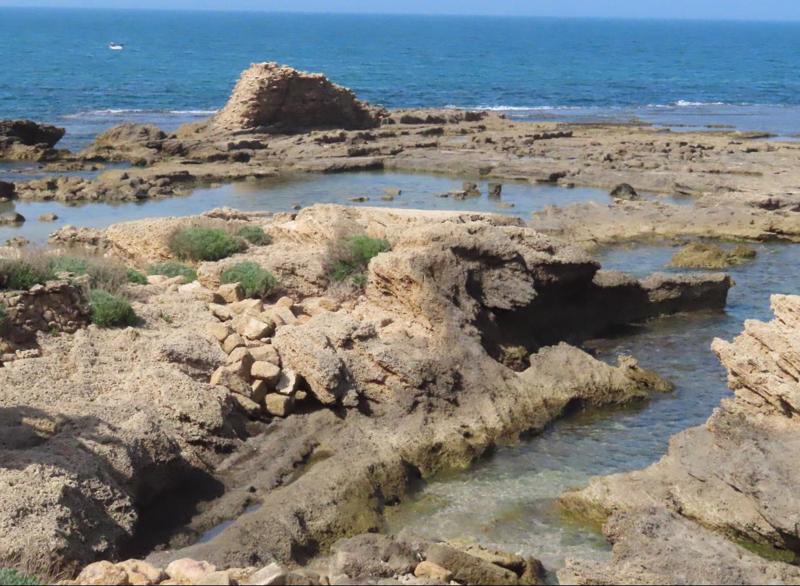
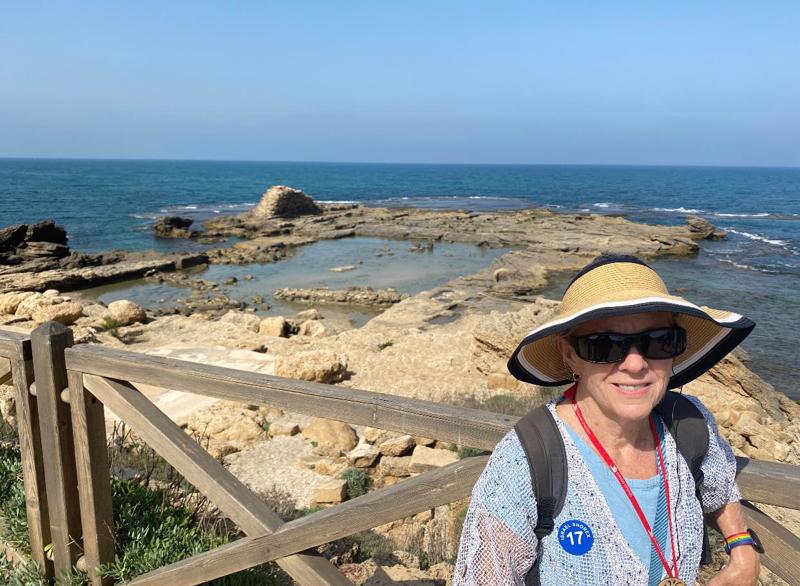
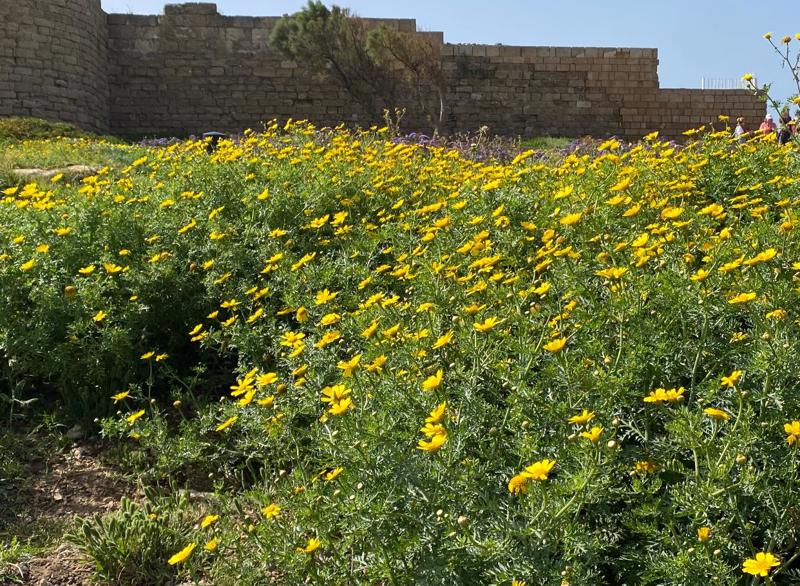
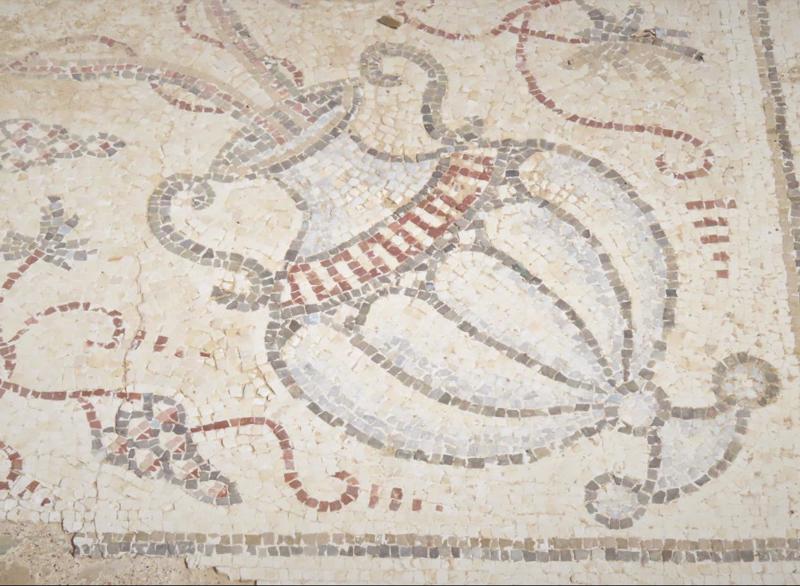



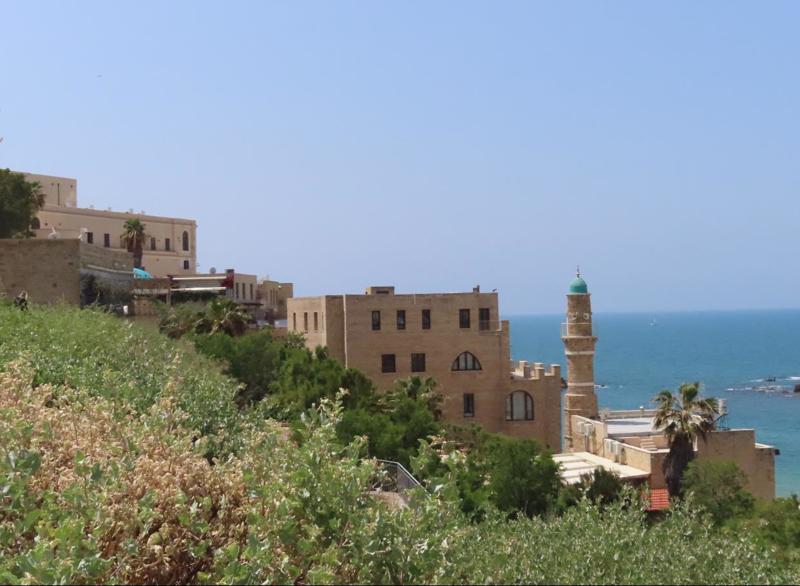
Herod’s successors did not keep the place up and it was attacked and sacked and rebuilt and populated by Muslims and Byzantines & Crusaders over the centuries before being abandoned altogether. Lots of beautiful views and very interesting archeological finds. Our favorite was the outdoor public toilets. Apparently, it was a very social event, where people gathered and sat to do their “business” and talk about this and that. As with all Roman ruins, they were state-of-the-art for their times, with running water, underground heating, etc. Next, we headed to Tel-Aviv for a bus tour of the city, and specifically to see the German Bauhaus-style apartment buildings. Bauhaus was an influential art and design movement that began in 1919 in Weimar, Germany. The Bauhaus movement championed a geometric, abstract style featuring little sentiment or emotion and no historical nods. Interesting to see, but a bit austere for our taste. Next up was Jaffa (Hebrew = Yafo; Arabic = Yafa), an ancient port city that is now part of Tel-Aviv & is the oldest port in Israel. Biblically, it is associated with Jonah, Solomon, and St. Peter stories. And mythologically, Andromeda and Perseus are linked with Jaffa. Mike really enjoyed this part of the day because when his work took him to Tel-Aviv, he would stay at the Sheraton on the beach in Tel-Aviv and do his training runs up to Jaffa. A great trip down memory lane for him. Our final stop for the day was at The Old Man & The Sea Restaurant in Jaffa, the best Mediterranean food we have ever had. We stuffed ourselves with everything they brought us, and

then napped our way back to the ship. Our guide told us that Haifa is where you work; Jerusalem is where you pray; and Tel-Aviv is where you play. We didn't make the long trip to Jerusalem, but between Haifa and Tel-Aviv, we'd pick liberal diverse vibrant Tel-Aviv hands down any day.
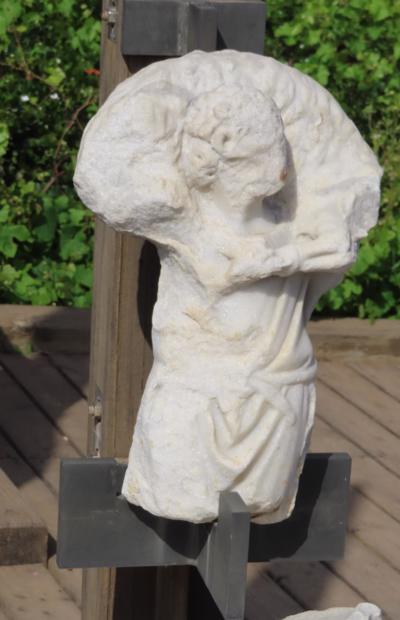


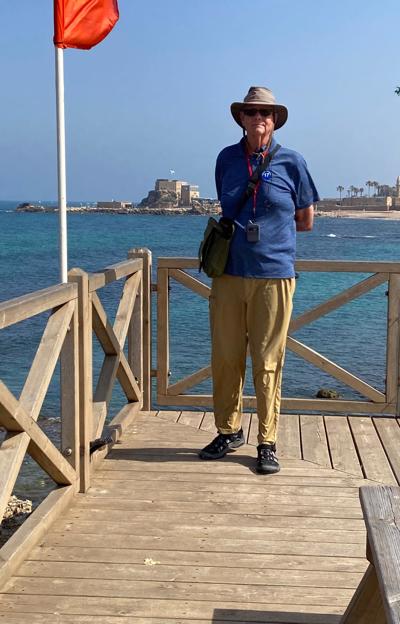
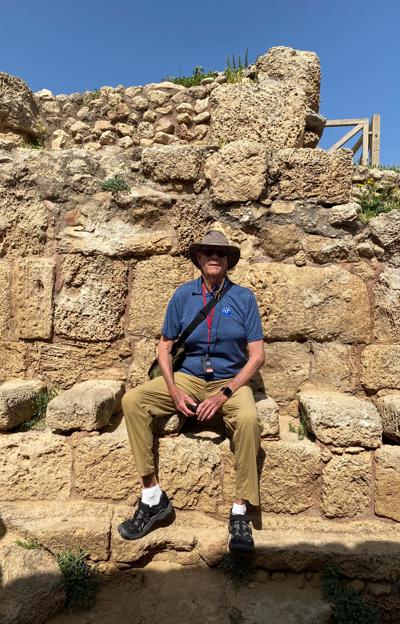

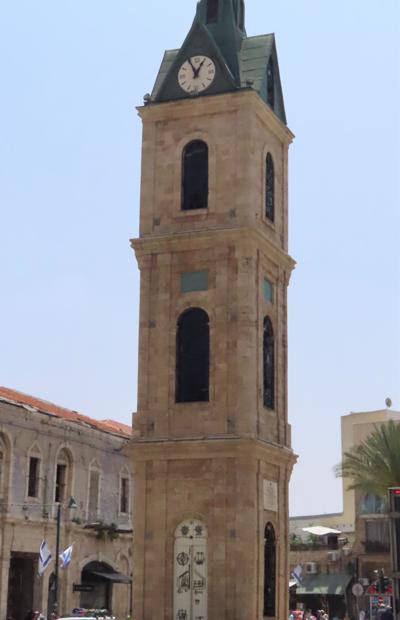
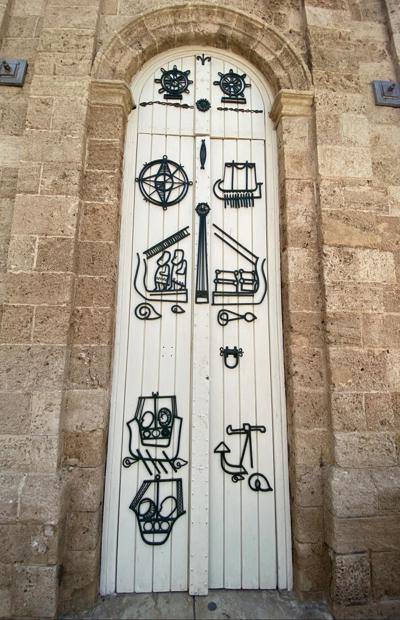


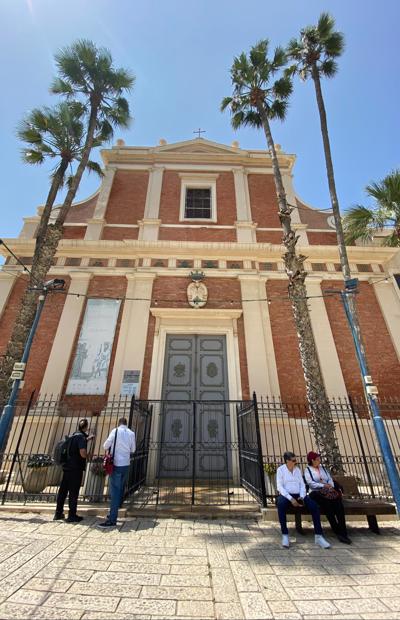
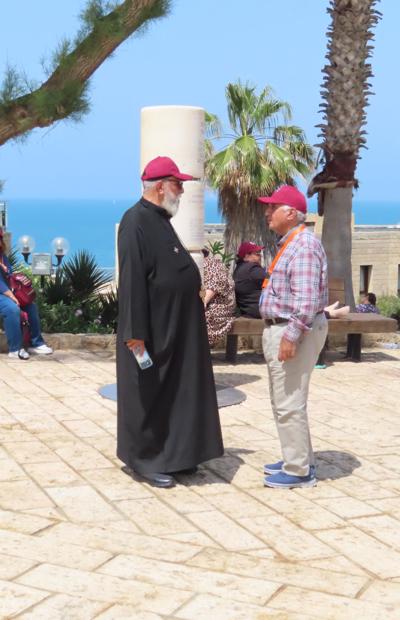
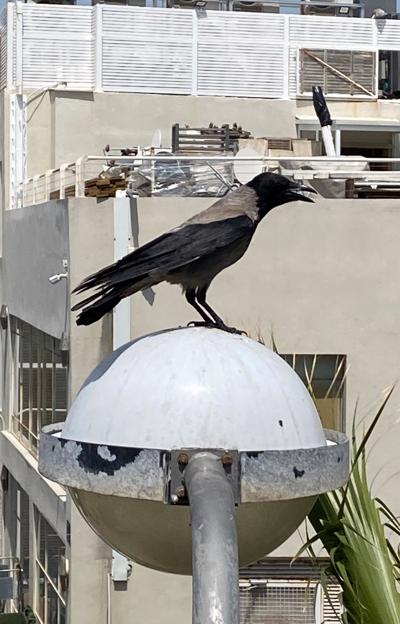
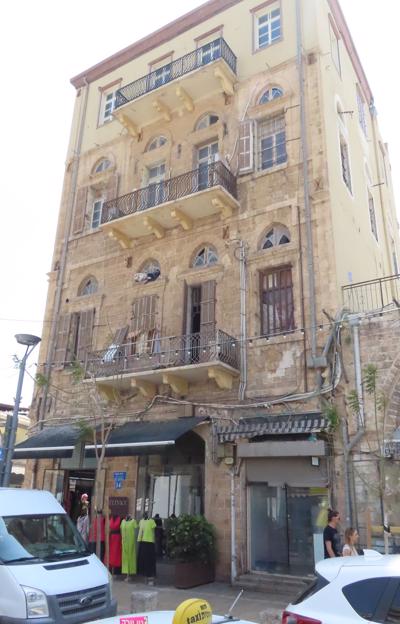

1.
Getting Ready!
2.
Getting Packed
3.
Bon Voyage
4.
Cruising-101 - Our First Sea Day
5.
Historic Cozumel
6.
Sea Day x 2
7.
South America
8.
Panama Canal Day 1
9.
Panama Canal Day 2
10.
Sea Day
11.
New Year’s Eve 2022
12.
New Year's Day 2023 +++
13.
Baja California
14.
Italian Wine & the City of Angels
15.
6 Sea Days From LA to Honolulu
16.
Aloha Hawaii!
17.
Crossing the Equator
18.
French Polynesia
19.
Crossing the International Date Line
20.
North Island - Auckland
21.
North Island - Tauranga & Napier & Wellington - Waitangi Day Weekend
22.
South Island - Doubtful & Milford Sounds
23.
Tasmania, Australia
24.
Victoria, Australia
25.
New South Wales, Australia
26.
Queensland, Australia
27.
Behind the Scenes
28.
Komodo National Park
29.
Bali, Indonesia
30.
Happy Anniversary
31.
Java, Indonesia
32.
Vietnam
33.
Thailand Part 1
34.
Singapore
35.
Malaysia
36.
Thailand Part 2
37.
Sri Lanka
38.
India Part 1
39.
India Part 2
40.
Saudi Arabia
41.
Jordan
42.
Egypt
43.
Suez Canal
44.
Israel
45.
Turkey
46.
Greece
47.
Italy
48.
Monaco
49.
Spain
50.
Portugal
51.
France
52.
England
53.
Heading Home
Share your travel adventures like this!
Create your own travel blog in one step
Share with friends and family to follow your journey
Easy set up, no technical knowledge needed and unlimited storage!